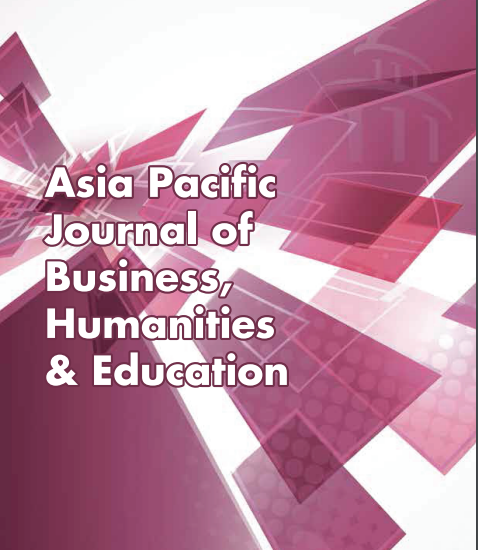Abstract
Autobiographical writing, a form of life writing, involves the construction of an ‘individual self’ or a ‘collective self’ within a suitable narrative, often through first-person discourse. This narrative approach varies significantly among autobiographers, with differing methods of expressing identity. Some autobiographies frame the personal self as benefiting a larger societal segment, some present the “I” as a collective representative of a specific group, and some narratives emphasize an “I” shaped by individual effort alongside the roles played by others. An enquiry into the “I” and the “other” in the autobiographies helps us to explore the unique identity of the autobiographer, the way he views society to uncover the socio-cultural context, and to understand how individual narratives contribute to larger historical and cultural contexts. Dr. A.P.J. Abdul Kalam, the former President of India, exemplifies this third narrative style. In his autobiography, Wings of Fire, Kalam generously acknowledges the contributions of others who played significant roles in his journey from a national to a global visionary. He speaks about the ‘other’ that is constructive as well as positive. His autobiography is post-modern and compelling due to its subjectivity and its evaluation in a challenging environment. Therefore, this research paper examines the interplay between the self and the other in Kalam’s Wings of Fire through textual analysis, and theories and concepts related to autobiographical consciousness, identity, memory, language, and autobiographical narrative. It aims to answer questions such as: How does Kalam construct his identity in Wings of Fire? In what ways does he incorporate the contributions of others into his narrative? How does his unique approach to autobiographical writing contribute to the genre?
References
Anderson, L. (2001). Autobiography. Routledge.
Ambedkar, B. R. (1990). Waiting for a Visa. (Original work published 1943). Bharat Bhushan Press.
Ayodeji, O. (2021). J. P. Clark’s autotravography America, their America. Journal of Modern African Studies, 59(3), 411-426.
Augustine, S. (1991). Confessions (H. Chadwick, Trans.). Oxford University Press.
Bamberg, M. (2009). Identity and narration. In P. Huhn, J. Pier, W. Schmid, & J. Schönert (Eds.), The living handbook of narratology (pp. 132-143). Walter de Gruyter GmbH & Co. KG.
Brockmeier, J. (2001). Identity. In M. Jolly (Ed.), Encyclopedia of life writing: Autobiographical and biographical forms (pp. 455-456). Routledge.
Douglass, F. (1845). Narrative of the life of Frederick Douglass, an American slave. USA.
Gandhi, M. K. (1993). My experiments with Truth: An Autobiography (M. Desai, Trans.). Beacon Press.
Kalam, A. P. J. A., & Tiwari, A. K. (1999). Wings of fire: An autobiography. Universities Press.
Das, K. (1973). My story. Sterling Publishers.
Nelson, K., & Fivush, R. (2019). The Development of Autobiographical Memory, Autobiographical Narratives, and Autobiographical Consciousness. Psychological Reports, 123(1). https://doi.org/10.1177/0033294119852574
Morejón, N. (2002). Black woman. In Cuban poetry of revolution.
Maines, D. R. (2000). Writing the Self Versus Writing the Other: Comparing Autobiographical and Life History Data. Symbolic Interaction, 23(4), 435-458.
McAdams, D. P. (1996). The Stories We Live By: Personal Myths and the Making of the Self. New York: The Guilford Press.
Naik, D. G. (1962). Arts of Autobiography. Vidarbha Marathwada Book Company.
Olshen, B. N. (2001). The self. In M. Jolly (Ed.), Encyclopedia of life writing: Autobiographical and biographical forms (pp. 799-801). Routledge.
Pawar, U. (2009). The Weave of My Life: A Dalit Woman's Memoirs. Columbia University Press.
Sartre, J.-P. (1989). Being and Nothingness. Washington Square Press.
Smith, S., & Watson, J. (2001). Reading Autobiography: A Guide for Interpreting Life Narratives. University of Minnesota Press.
Sutherland, J. (1969). English Literature of the Late Seventeenth Century. Oxford University Press.
Ricoeur, P. (1992). Oneself as Another (K. Blamey, Trans.). University of Chicago Press.
Tidd, U. (1999). Beauvoir’s Ethical Self-Other Relationship. Simone de Beauvoir Studies, 15, 163-174.
Williams, J. (2019). Evaluating the Presentation of Self and Others in autobiographies. Routledge.

This work is licensed under a Creative Commons Attribution-NonCommercial-NoDerivatives 4.0 International License.
Copyright (c) 2025 Asia Pacific Journal of Business, Humanities and Education

